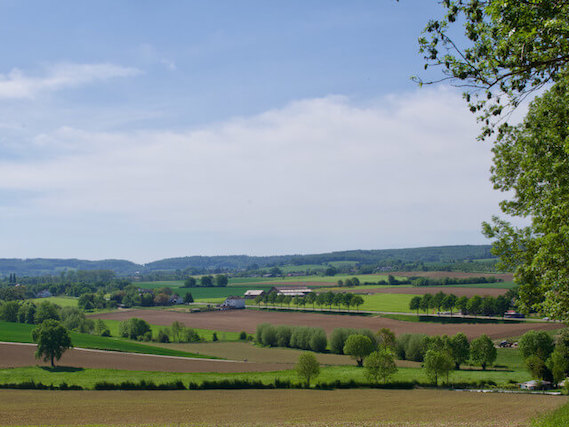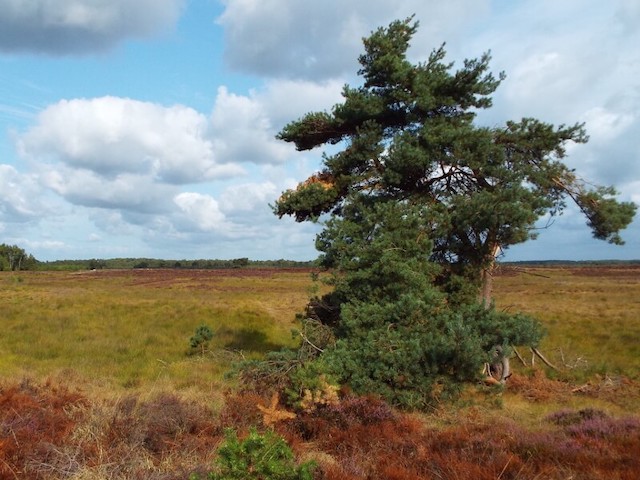Regional Path
Tram Line Maastricht-Vaals


Tram Line Maastricht-Vaals
The Maastricht-Vaals tram line walk is an approximately 48-kilometre long walk that starts in Maastricht and ends in Vaals. The walking tour is divided into four parts of approximately 10 kilometers with public transport at each start and end point. The walking tour was created by Léon Gulikers, who came up with the plan to take a walking tour on the disappeared tram line Maastricht-Vaals, 100 years after the official opening in 1922, along the remaining elements of this tram line that were discontinued in 1938.
The disappeared tram line Maastricht-Vaals.
The hike follows the route from Maastricht to Vaals. Before the line was built, it had a very long history, the first plans date from 1882. It took more than 30 years before the preparatory work started, after which it was quickly ended after the outbreak of the First World War. Preparations were started again in 1920. The construction of the Wijlre-Vaals line was the first to be built. On April 4, 1921, the first spa was broken for the earthworks at the emplacement in Vaals and near Wijlre. The route itself was not yet worked on because an agreement could not be reached with two landowners. A cattle passage, seven culverts and the bridge over the Geul were constructed along the route. On June 27, 1922, this route was officially opened. The Maastricht-Gulpen-Simpelveld line was put out to tender on 20 June 1922, including the 612-metre-long Gulpdal viaduct that later became famous. At the end of July 1924, the entire work was completed with the exception of the railway yard in Margraten and the construction of the track on the Doorlaatbrug in Heer. On April 16, 1925, the official opening ride took place with much festive display. In the end, the line proved unprofitable. In 1936 passenger traffic between Maastricht and Vaals was discontinued. On April 5, 1938, both the remaining passenger and freight services were discontinued and the Netherlands' most beautiful steam tram line was a thing of the past.






